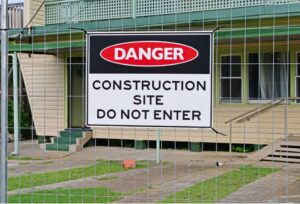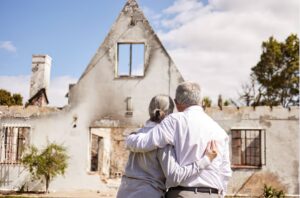Fire Damage Cleaning: What You Need to Know Before You Start
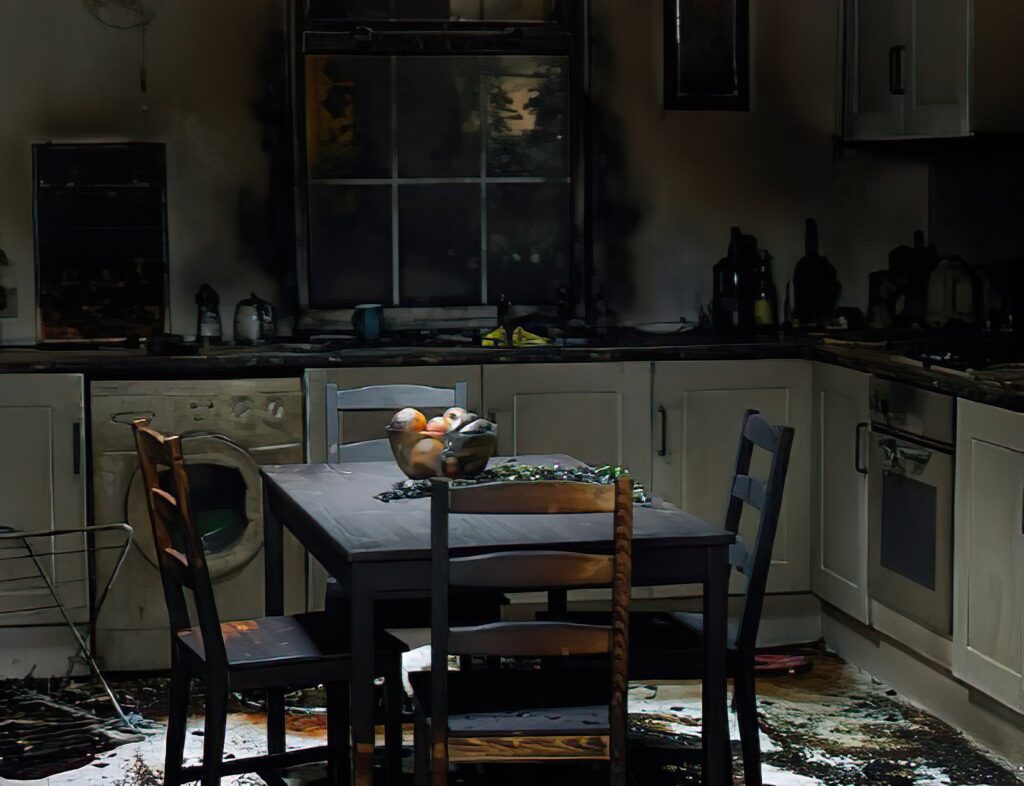
Table of Contents
Introduction
Experiencing a fire in your home or business is devastating. The aftermath can be overwhelming, leaving behind property damage, smoke residue, and soot that seems impossible to clean. But before you roll up your sleeves and dive into the cleanup, do you know what it truly takes to restore your space safely and effectively?
Fire damage cleaning isn’t just about scrubbing away soot or airing out smoke smells. It requires a strategic approach to avoid further damage and health risks. Whether you’re considering DIY fire damage cleaning or thinking about hiring professionals, understanding the process is crucial. In this guide, we’ll walk you through everything you need to know before you start, helping you make informed decisions that can save you time, money, and stress.
Ready to restore your property and reclaim your peace of mind? Let’s dive in.
Understanding Fire Damage
When you think of fire damage, what comes to mind? Charred walls, ruined furniture, and a lingering smoke smell? While these are common issues, the true extent of fire damage goes much deeper. Before you start cleaning or restoring your property, it’s crucial to understand the different types of damage and the risks involved.
Types of Fire Damage
Not all fire damage is the same. It typically falls into three main categories:
- Smoke Damage: This includes the stubborn odor that seeps into walls, fabrics, and other porous materials. It can be challenging to eliminate without proper smoke damage restoration techniques.
- Soot Residue: After a fire, soot can coat surfaces with a sticky, black residue. It’s more than just a cleaning nuisance—it can be harmful if not handled correctly.
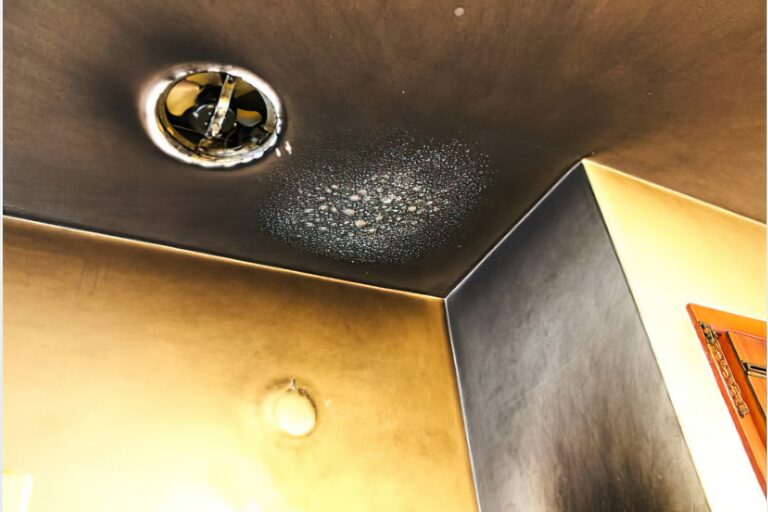
- Structural Damage: Fires can compromise the integrity of walls, ceilings, and floors, posing safety risks even after the flames are out.
Common Causes of Fire Damage
Understanding the cause of the fire can help you prevent future incidents and determine the best cleaning approach. Some of the most common causes include:
- Electrical Fires: Faulty wiring or overloaded circuits can ignite quickly.
- Kitchen Accidents: Grease fires and unattended cooking are leading culprits.
- Heating Equipment: Space heaters or fireplaces can spark fires if improperly maintained.
Health and Safety Risks Associated with Fire Damage
Did you know that fire damage isn’t just about visible destruction? It also poses significant health risks:
- Toxic Residue: Soot and smoke can contain harmful chemicals, leading to respiratory issues and other health complications.
- Contaminated Air Quality: Without proper ventilation, smoke particles linger, affecting indoor air quality long after the fire is extinguished.
- Structural Hazards: Damaged structures can collapse unexpectedly, making it dangerous to navigate the affected area.
Before diving into any cleaning or restoration efforts, understanding the complexity of fire damage is essential. It’s not just about scrubbing away soot—it’s about protecting your health and ensuring your property is safe to inhabit.
Assessing the Damage
Before you grab your cleaning supplies, take a moment to assess the extent of the fire damage. Why is this so important? Because rushing into cleaning without a thorough evaluation can lead to more costly repairs or even health risks. Knowing the scope of the damage helps you make informed decisions about what can be salvaged, what needs professional restoration, and whether to involve your insurance company.
Conducting a Thorough Inspection
Start by examining every affected area, not just the most visible ones. Smoke and soot can penetrate walls, vents, and even electrical appliances. Here’s how to conduct a comprehensive inspection:
- Check Structural Integrity: Look for signs of weakened walls, ceilings, and floors. If in doubt, consult a professional to ensure the area is safe.

- Identify Hidden Damage: Smoke and soot can seep into insulation, air ducts, and behind walls. Consider using specialized tools like moisture meters or infrared cameras to detect hidden damage.
- Assess Smoke and Soot Residue: Pay attention to the severity of smoke stains and soot buildup. Different cleaning methods are needed depending on the type of residue.
Identifying Salvageable vs. Unsalvageable Items
It can be emotionally challenging to decide what to keep and what to discard. But making this distinction is crucial for efficient restoration. Use this guideline:
- Salvageable Items: Non-porous materials like metal and glass can often be cleaned and restored. Furniture with minimal smoke exposure may also be saved with professional smoke damage restoration.
- Unsalvageable Items: Items heavily saturated with smoke or soot, such as carpets, mattresses, and upholstered furniture, are usually better discarded due to health risks.
- Electronics and Appliances: Even if they look intact, smoke residue can damage internal components. Consult a professional to determine whether cleaning or replacement is necessary.
Estimating the Cost of Repairs and Restoration
Understanding the cost implications is vital before you start cleaning or restoring your property. Factors that influence the cost include:
- Extent of Fire Damage: The severity and spread of the damage significantly impact the overall cost.
- Type of Cleaning Required: Basic soot cleaning is less expensive than specialized smoke damage restoration or decontamination.
- Professional Services vs. DIY: While DIY fire damage cleaning might seem cost-effective, certain situations require professional consultation to ensure safe and thorough restoration.
Would your insurance cover these expenses? It depends on your policy. Documenting the damage with photos and detailed notes can streamline the insurance claims process. Contact your insurance provider early to understand your coverage and claim requirements.
Taking the time to assess the damage accurately not only saves you money but also ensures that your property is restored safely and effectively. Ready to move on to the cleaning process? Let’s talk safety first.
Safety Precautions Before Cleaning
Are you ready to tackle fire damage cleaning? Not so fast. Before you start scrubbing away soot or airing out smoke, it’s essential to prioritize safety. Fire-damaged areas can be hazardous, with hidden dangers ranging from compromised structures to harmful contaminants. Taking the right safety precautions protects not just your property but also your health and well-being.
Personal Protective Equipment (PPE) Requirements
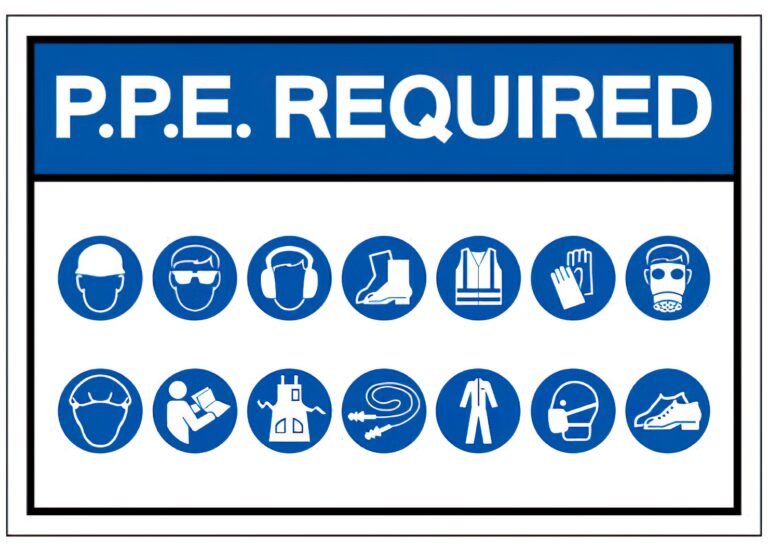
Fire damage cleanup isn’t your typical cleaning job—it involves exposure to harmful particles like soot, smoke residue, and even toxic chemicals. Protect yourself by wearing the right PPE:
- Respirators: To guard against inhaling harmful smoke particles and chemical fumes. Look for N95 or better.
- Gloves and Safety Glasses: Prevent direct contact with soot and irritants.
- Protective Clothing: Wear long sleeves, long pants, and disposable coveralls to minimize skin exposure.
- Sturdy Footwear: Opt for boots with good traction and protection against sharp debris.
Don’t cut corners on safety gear. Investing in high-quality PPE is far more affordable than medical bills from respiratory issues or chemical burns.
Ventilation and Air Quality Considerations
Did you know that smoke particles can linger in the air long after the fire is out? Proper ventilation is crucial for maintaining good air quality and reducing health risks during fire damage cleaning. Here’s how to do it safely:
- Open Windows and Doors: Promote cross-ventilation to disperse smoke particles and odors.
- Use Air Purifiers: HEPA air purifiers are effective at filtering out fine smoke particles and allergens.
- Avoid Using Fans: While it might seem logical to use fans, they can spread soot and contaminants to unaffected areas.
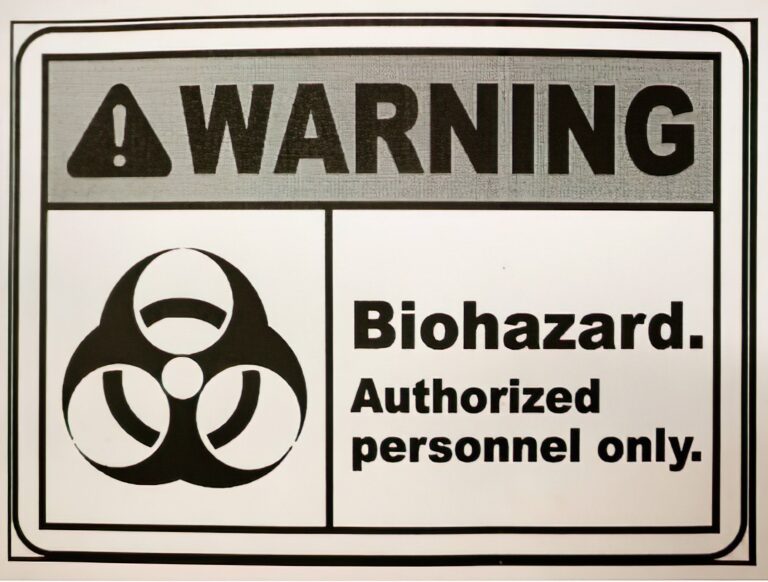
If ventilation alone isn’t enough, consider professional decontamination services to ensure the air quality is safe for occupants.
Ensuring Structural Safety
Fire can compromise the structural integrity of your property, making it hazardous to navigate. Before you begin any cleaning, inspect the area for structural damage:
- Check Load-Bearing Walls and Beams: Look for signs of charring, warping, or cracking. If you’re unsure about the safety of any structure, consult a professional before proceeding.
- Avoid Weakened Floors and Ceilings: Fire damage can make floors unstable and ceilings prone to collapse. Avoid walking on or under areas with visible damage.
- Turn Off Utilities: Smoke and water damage can affect electrical wiring and gas lines, posing fire and explosion risks. Ensure all utilities are safely turned off before cleaning.
If the structural damage is severe, don’t hesitate to call in professionals. Safety should always come first.
Taking these precautions not only protects you but also prevents further damage to your property. Now that you’re prepared to clean safely, let’s explore the most effective fire damage cleaning techniques.
Effective Fire Damage Cleaning Techniques
Ready to roll up your sleeves and start cleaning? Not so fast! Fire damage cleaning isn’t as straightforward as it seems. Using the wrong techniques or products can spread soot, embed smoke odors, or even cause permanent damage. To restore your property effectively, you need the right approach, tools, and a little insider knowledge.
Cleaning Smoke and Soot Residue
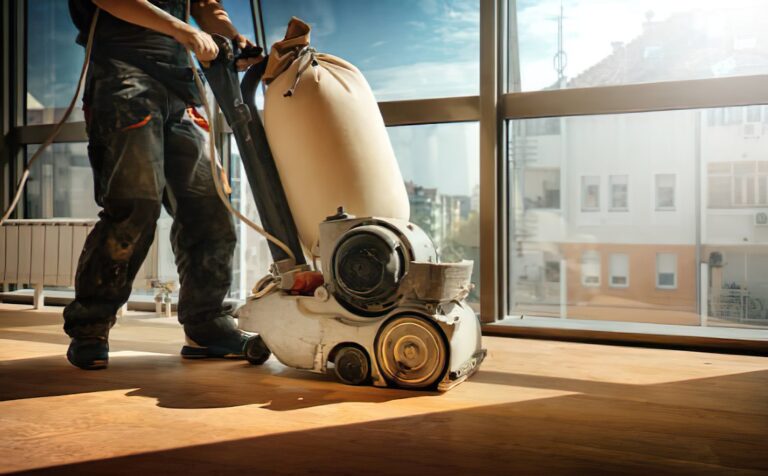
Smoke and soot are notorious for clinging to surfaces, leaving behind stains and stubborn odors. Here’s how to tackle them effectively:
- Dry Cleaning Sponges: These specialized sponges are excellent for removing soot from walls and ceilings without smearing. Always wipe in one direction to avoid spreading the residue.
- Vacuuming with HEPA Filters: Before wet cleaning, use a vacuum with a HEPA filter to remove loose soot particles from carpets and upholstery.
- Chemical Sponges and Cleaners: For tougher stains, consider commercial soot cleaning products designed to break down oily residues. Test in a small area first to avoid discoloration.
Pro Tip: Avoid using water on soot stains—it can set the residue permanently into porous surfaces.
Odor Removal and Deodorization
Even after thorough cleaning, smoke odors can linger in walls, fabrics, and HVAC systems. To effectively eliminate odors:
- Air Purifiers with Activated Carbon Filters: These are highly effective at absorbing smoke particles and neutralizing odors.
- Ozone Generators: These devices release ozone molecules that break down odor-causing compounds. However, they should only be used by professionals due to health risks.
- Thermal Fogging: This advanced deodorization technique involves releasing a fog that neutralizes smoke odors at the molecular level. It’s particularly useful for hard-to-reach areas.
Struggling with persistent smoke smells? Professional smoke damage restoration services often include advanced odor removal techniques to ensure your space smells fresh again.
Cleaning and Restoring Furniture and Upholstery
Fire-damaged furniture and upholstery require special care to avoid further damage:
- Vacuuming with Upholstery Attachments: Start by vacuuming soot and debris using a brush attachment to minimize abrasion.
- Dry Cleaning for Fabrics: For delicate or smoke-damaged fabrics, consider professional dry cleaning to avoid shrinkage and discoloration.
- Wood Furniture Restoration: Soot can embed into the grain of wooden furniture. Use specialized wood cleaners followed by polishing to restore the original finish.
If you’re unsure whether a piece can be salvaged, seek professional consultation to avoid costly mistakes.
Specialized Cleaning for Electronics and Appliances
Electronics exposed to smoke or soot residue are at high risk of damage, even if they appear intact. Soot particles are conductive and can short-circuit delicate components. Here’s how to handle them safely:
- Unplug and Avoid Using Affected Electronics: Turning on contaminated devices can cause irreversible damage.
- Professional Electronics Cleaning: Contact professionals who specialize in cleaning and restoring smoke-damaged electronics. They have the tools and expertise to safely remove soot without damaging internal components.
- Inspect and Test Before Use: After cleaning, always have your electronics inspected and tested by a qualified technician to ensure safety and functionality.
Remember, DIY fire damage cleaning isn’t always the best option, especially for electronics. When in doubt, trust the experts.
With the right techniques and tools, you can effectively clean and restore your property after fire damage. But when should you handle it yourself, and when is it time to call in the pros? Let’s find out next.
When to Call Professional Fire Damage Cleaners
Feeling overwhelmed by the scope of fire damage cleaning? You’re not alone. While some tasks can be tackled with a DIY approach, there are situations where professional fire damage restoration is not just recommended—it’s essential. But how do you know when to call in the experts? Let’s explore the signs and benefits of hiring professional fire damage cleaners.
Situations Requiring Professional Expertise
Not all fire damage is suitable for DIY cleaning. Here are some scenarios where calling professionals is the safest and most effective option:
- Extensive Structural Damage: If the fire compromised the integrity of walls, ceilings, or floors, professional restoration is crucial for safety and proper rebuilding.
- Severe Smoke and Soot Residue: Thick, oily soot and pervasive smoke odors require specialized equipment and advanced cleaning techniques that go beyond standard household cleaners.
- Biohazard Concerns: Fires that involve hazardous materials, chemicals, or contaminated water require biohazard decontamination to ensure safe living conditions.
- Electrical Damage: If smoke or water affected electrical systems or appliances, attempting DIY repairs can be dangerous. Always consult a licensed electrician or restoration specialist.
If you’re unsure about the extent of the damage, consider scheduling a professional consultation to assess the situation and receive expert recommendations.
Benefits of Hiring Certified Fire Restoration Companies
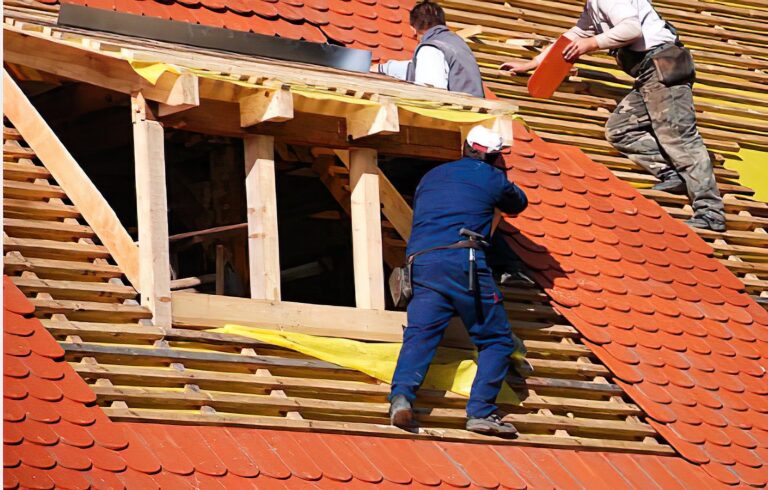
Why should you hire professionals instead of doing it yourself? Here’s what you gain:
- Comprehensive Property Damage Assessment: Certified restoration companies have the expertise to assess the full extent of fire damage, including hidden smoke and soot residue.
- Specialized Cleaning Techniques: Professionals use advanced equipment like thermal foggers, ozone generators, and industrial-grade HEPA vacuums for thorough smoke damage restoration and odor removal.
- Safe and Efficient Decontamination: In cases of biohazard contamination, certified experts follow strict safety protocols to safely decontaminate affected areas.
- Insurance Claims Assistance: Professional restoration companies provide detailed documentation and cost estimates to help you navigate the insurance claims process more effectively.
How to Choose the Right Fire Damage Cleaning Service
Not all fire damage restoration companies are created equal. Choosing the right one can make a significant difference in the outcome of your restoration project. Here’s how to find a reliable service:
- Look for Certifications and Experience: Choose a company certified by the Institute of Inspection, Cleaning and Restoration Certification (IICRC) or other reputable industry organizations.
- Check Reviews and References: Research customer reviews and ask for references to gauge the quality of their work and customer service.
- Get Multiple Estimates: Request quotes from at least three companies to compare services, timelines, and pricing. Avoid choosing solely based on the lowest price.
- Verify Insurance and Licensing: Ensure the company is licensed and insured to protect yourself from liability during the restoration process.
- 24/7 Emergency Response: Fire damage requires prompt action. Choose a company that offers emergency response services to minimize further damage.
Hiring professional fire damage cleaners not only saves you time and effort but also ensures your property is restored safely and effectively. If you’re considering professional help, take the time to choose the right team for the job.
Fire damage restoration is no small task, but with the right knowledge and resources, you can reclaim your space and peace of mind. Ready to wrap things up? Let’s move on to the conclusion.
Conclusion: Taking the Next Step Toward Restoration

Fire damage cleaning is no easy feat, but with the right knowledge, tools, and precautions, you can restore your property safely and effectively. By understanding the damage, prioritizing safety, and using the most effective cleaning techniques, you’re already on the path to recovery. But here’s the big question: Should you handle it all on your own, or is it time to call in the professionals?
If you’re facing extensive property damage, stubborn smoke residue, or potential biohazard decontamination, don’t hesitate to seek professional fire damage restoration services. Expert help not only ensures thorough cleaning but also safeguards your health and property value. Plus, navigating insurance claims can be complicated—having experienced professionals by your side can make the process much smoother.
Are you ready to restore your space and move forward? Whether you choose a DIY approach or opt for professional consultation, taking action today means a safer, cleaner, and more comfortable tomorrow.
Need expert assistance or have lingering questions? Reach out for professional guidance and take the next step toward complete restoration. Your property deserves the best, and so do you.

